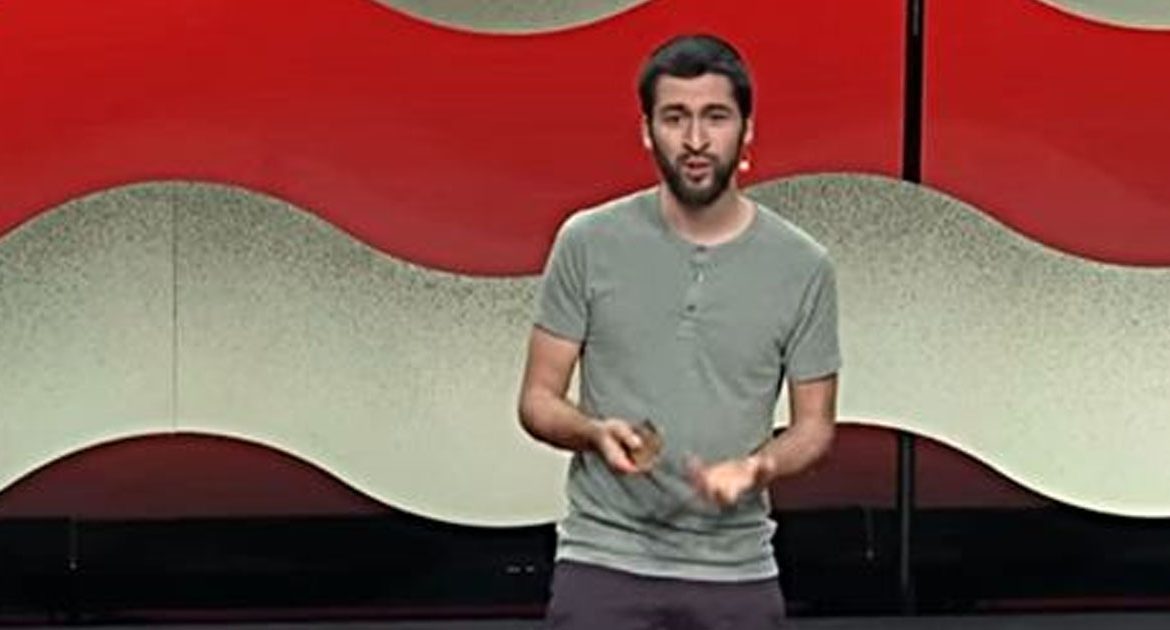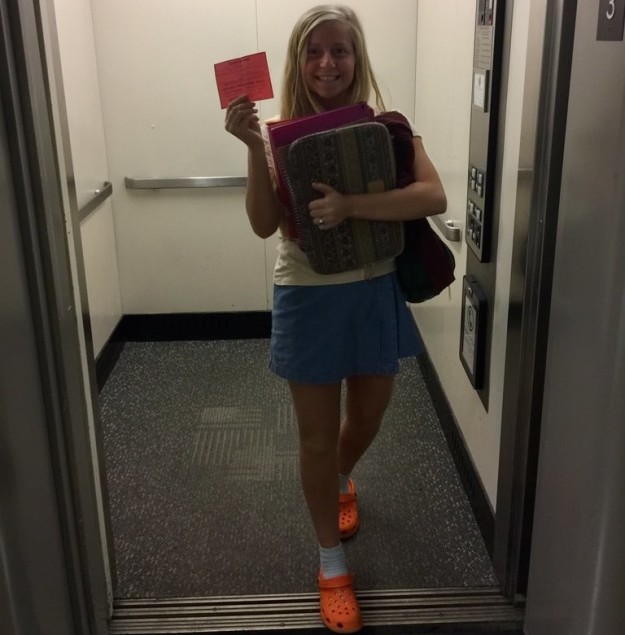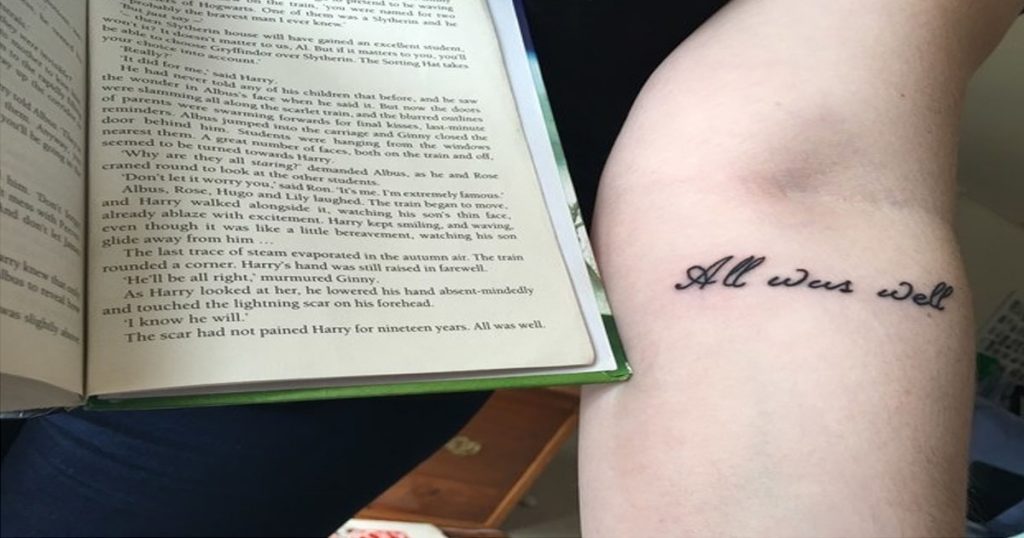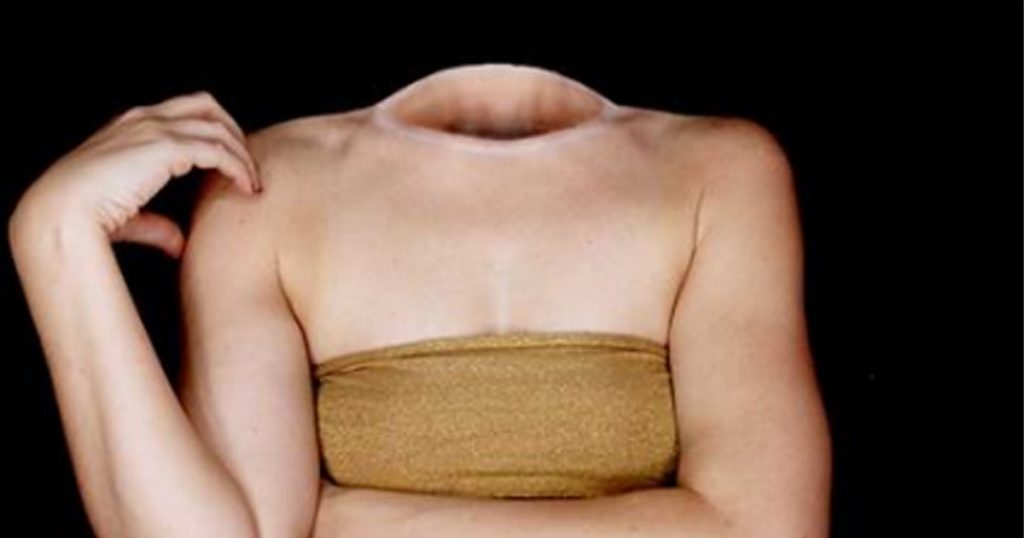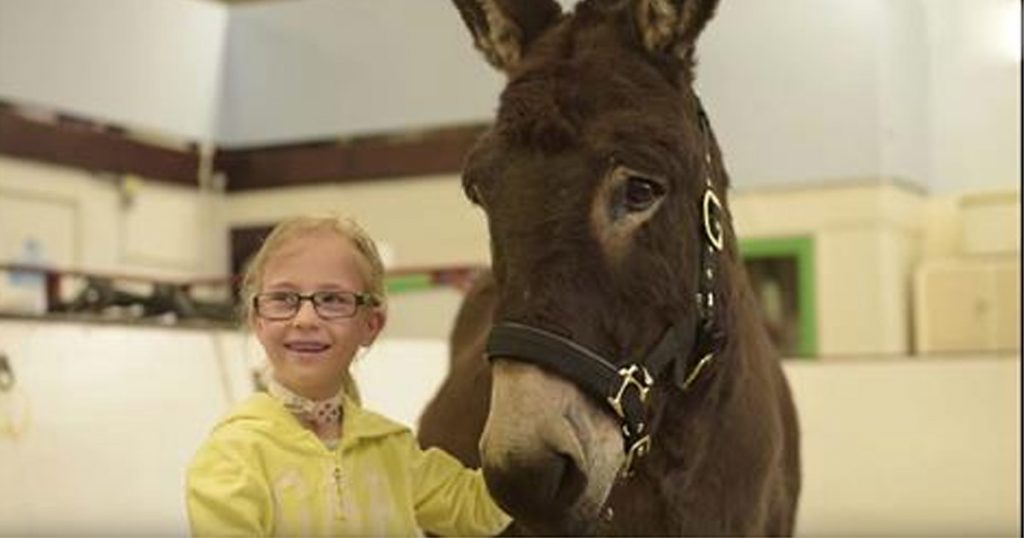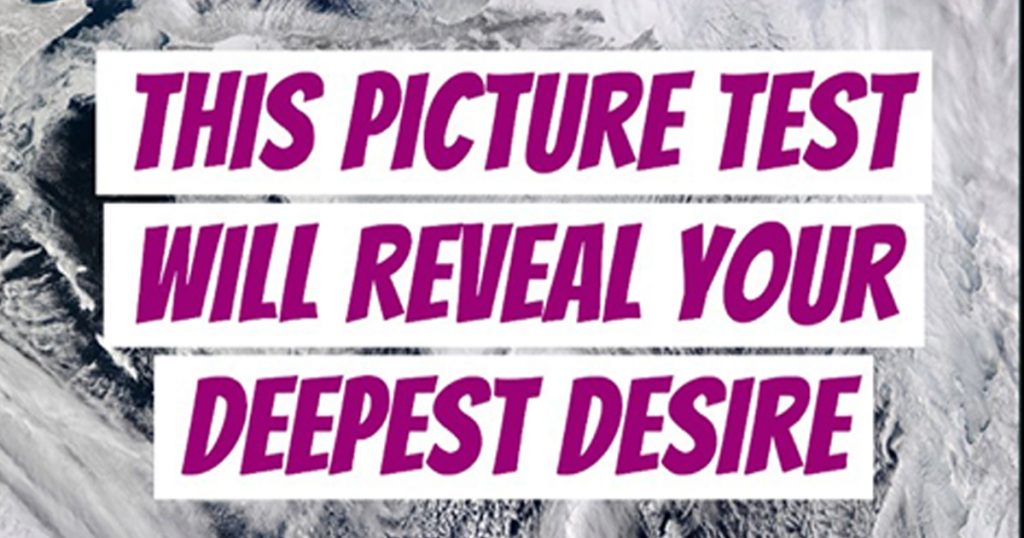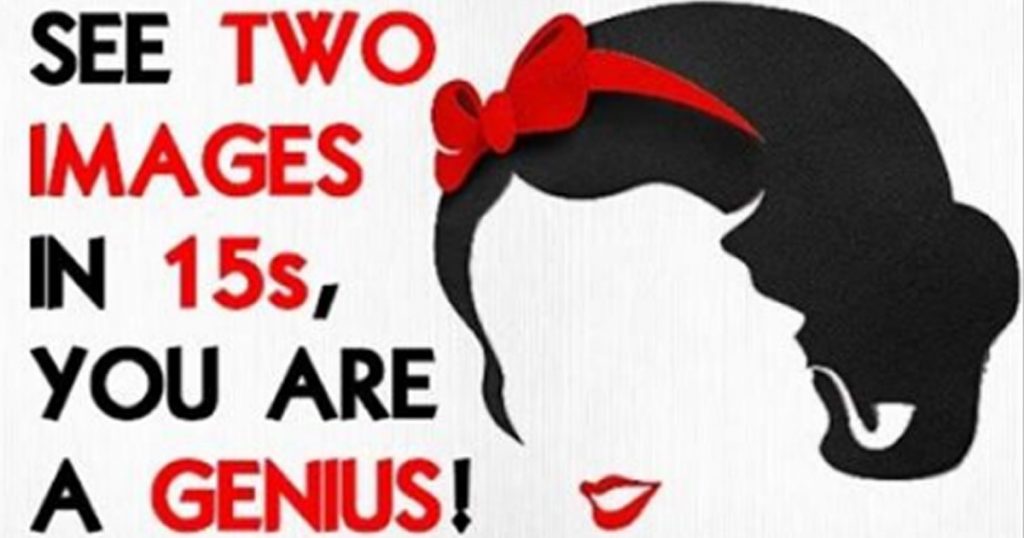«We must prepare the next generation that cares about the environment and people.»
«You can make a mess, but you have to clean up after yourself.» It’s an important lesson that Cesar Harada learned when he was younger. It’s also something that he is now helping to teach on a much larger scale to the next generation of environmentalists at the Harbour School in Hong Kong.
Harada specializes in citizen science and invention and his work has seen him bring his students out of the traditional classroom and into an industrial space that allows kids to gain hands-on experience with different materials. That hands-on experience, he says, is key to getting kids excited about science.
At his «How I Teach Kids To Love Science» TED Talk, Harada explained that he and his students, who range in age from six to 15, have together completed uniquely inventive activities such as hacking together a water-ready robot out of table lamps and plumbing fixtures that they sent into the nearby ocean to collect and analyze the density of plastic pollution. It is able to move through the water and identify plastic pieces through a sensor. The sensor is able to transfer the image to the computer on board and measure how long the piece of plastic has been in the water.
«We documented this invention step by step on a website for inventors called Instructables, in the hope that somebody would make it even better,» he said in a video taken at his talk. «What was really cool about this project was that the students saw a local problem, and boom — they are trying to immediately address it.»
Like most kids these days, Harada said his students are hyperconnected. After seeing an image of preteen cleaning up an oil spill, the kids decided to work together to build a rough prototype of a spectrometer that could be used to identify the different substances present in water — and they’ve since shipped it to Bangladesh.
The students also participated in building a topographical map based off Harada’s findings from an expedition he organized to visit the area surrounding the Fukushima nuclear power plant. It revealed that radioactive dust was being washed from the mountain’s peak into the local river system, and subsequently leaking into the ocean.
«I will hope that we will have improved the safety of the local fishermen and of your favorite sushi,» Harada said, to the audience’s laughter. «You can see a progression here — we’ve gone from a local problem to a remote problem to a global problem. And it’s been super exciting to work at these different scales, with also very simple, open-source technologies. But at the same time, it’s been increasingly frustrating because we have only started to measure the damage that we have done. We haven’t even started to try to solve the problems. And so I wonder if we should just take a leap and try to invent better ways to do all these things.»
Harada said that although plastic, oil and radioactivity are dangerous legacies to leave the next generation, the worst legacies that we can leave are untruths. We have to be honest with our kids — our future scientists, our future leaders — and empower them to turn back the tide.
«So citizen scientists, makers, dreamers,» he said, to cap off the talk, «we must prepare the next generation that cares about the environment and people, and that can actually do something about it.»
